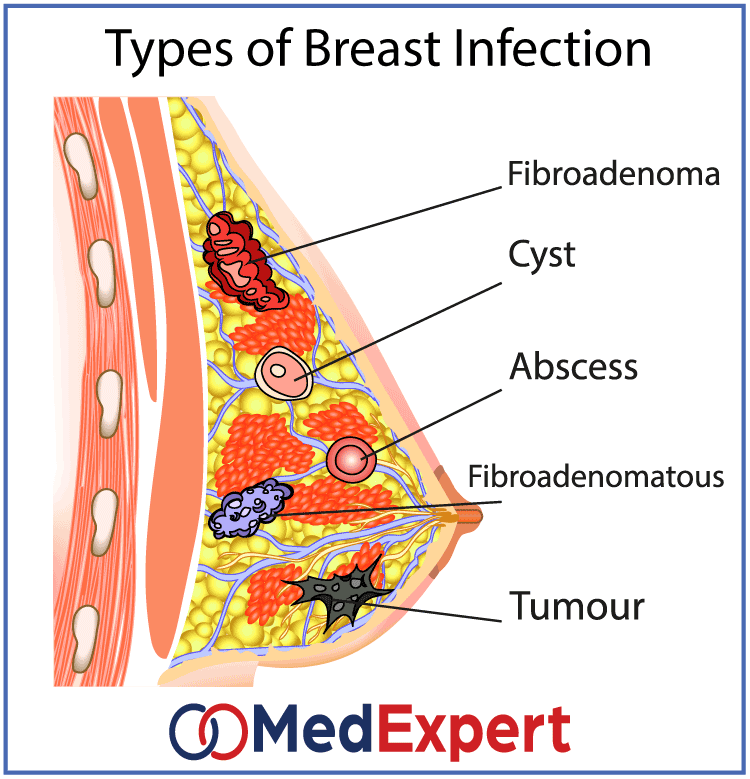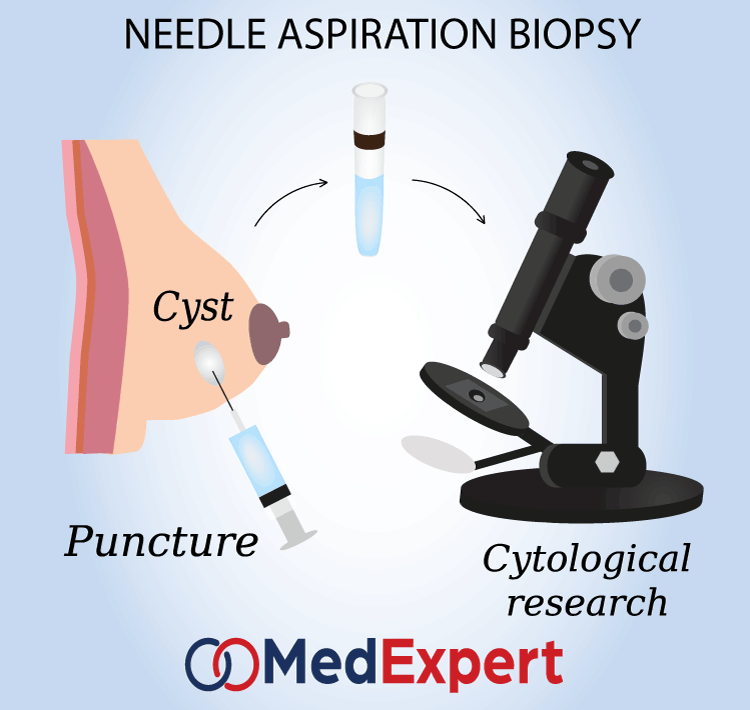Breast Cysts
Breast cysts are common in women before menopause. While they can be found in women of any age, they are most common in women between ages 35 and 50. They can also develop in postmenopausal women taking hormone therapy. They develop over time for a multitude of reasons from hormonal changes to various other factors. Diagnosing and treating breast cysts have become quite common. However what has also become common is the fact that most women panic and end up stressing themselves when it is not really required.
Fluid-filled sacs inside the breast are known as breast cysts and are usually benign. You may develop one or many breast cysts and they can occur in one or both breasts. They’re most often described as round or oval lumps with distinct edges. It usually feels like a grape or a water-filled balloon but sometimes a breast cyst feels firm.
Treatment isn’t required unless a cyst is large and painful or uncomfortable. Draining the fluid from a breast cyst can ease symptoms in some cases.

SYMPTOMS OF BREAST CYSTS
- A smooth and easily movable round or oval lump with distinct edges (typically, though not always, indicate that it’s benign)
- Nipple discharge that may be clear, yellow, straw colored or dark brown
- Breast pain or tenderness in the area of the breast lump
- Increase in breast lump size and breast tenderness just before your menstrual period
- Decrease in breast lump size and resolution of other symptoms after period
Breast cysts doesn’t increase your risk of breast cancer. However, having cysts may make it more difficult to detect new breast lumps or other changes that might require evaluation by your doctor. Therefore, it’s important to familiarize yourself with your breasts so that you’ll know when something changes.
DIAGNOSING AND INVESTIGATING FOR BREAST CYSTS
- Consult with doctor:Your doctor will do a breast exam and may order a diagnostic mammogram and or a breast ultrasound after discussing your symptoms and health history. You may be referred for a fine-needle aspiration or breast biopsy based on the findings on the imaging tests and the clinical examination by your doctor.
- Breast exam: Physical examination of the breast lump and for other breast abnormalities. It’s hard to tell from a clinical breast exam alone whether a breast lump is a cyst. You’ll need another test. Normally an imaging test or fine-needle aspiration.
- Breast ultrasound: This helps determine whether a breast lump is fluid-filled or solid. A fluid-filled area normally indicate a breast cyst. A solid mass most likely is a noncancerous lump such as a fibroadenoma. However, solid lumps could also indicate breast cancer. A biopsy may be recommended to further evaluate a mass that appears solid. If a breast lump can be easily felt, they may skip breast ultrasound and perform fine-needle aspiration instead.
- Fine-needle aspiration: A thin needle is inserted into the breast lump and attempts to withdraw (aspirate) fluid. It’s often done using ultrasound to guide accurate placement of the needle. If fluid comes out and the breast lump disappears, your doctor can make a breast cyst diagnosis immediately.
TREATMENT OPTIONS AVAILABLE FOR BREAST CYSTS
Treatment isn’t necessary for simple breast cysts. If the lump persists or feels different over time, you should follow up with your doctor.
1. Fine-needle aspiration
This procedure may be used to diagnose and treat a breast cyst if your doctor removes all the fluid from the cyst at the time of diagnosis, your breast lump disappears and your symptoms resolve.
However, some breast cysts may require to have fluid drained more than once. Recurring or new cysts are common. But if a breast cyst persists through 2 to 3 menstrual cycles and grows larger, visit your doctor for further evaluation

2. Hormone use
Birth control pills used to regulate your menstrual cycles may help in reducing the recurrence of breast cysts. But due to possible significant side effects, birth control pills or other hormone therapy such as tamoxifen is usually recommended only to women with severe symptoms. Discontinuing hormone therapy after menopause may also help prevent breast cysts.
3. Surgery
Remove a breast cyst with surgery is necessary only in unusual circumstances. Surgery is necessary if the cysts cause discomfort by recurring month after month or if a breast cyst contains blood-tinged fluid or shows other worrisome signs.
- If the fluid is not bloody and the breast lump disappears: No further testing or treatment
- If the fluid appears bloody or the breast lump doesn’t disappear: A sample of the fluid may be sent for lab testing and refer you to a breast surgeon
- If no fluid is withdrawn:Likely recommend an imaging test such as diagnostic mammogram and or ultrasound. Lack of fluid or a breast lump that doesn’t go away after aspiration suggests that the breast lump or a portion of it is solid. A sample of cells may be sent to check for cancer.


